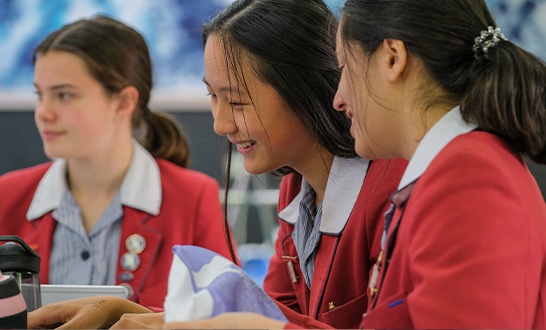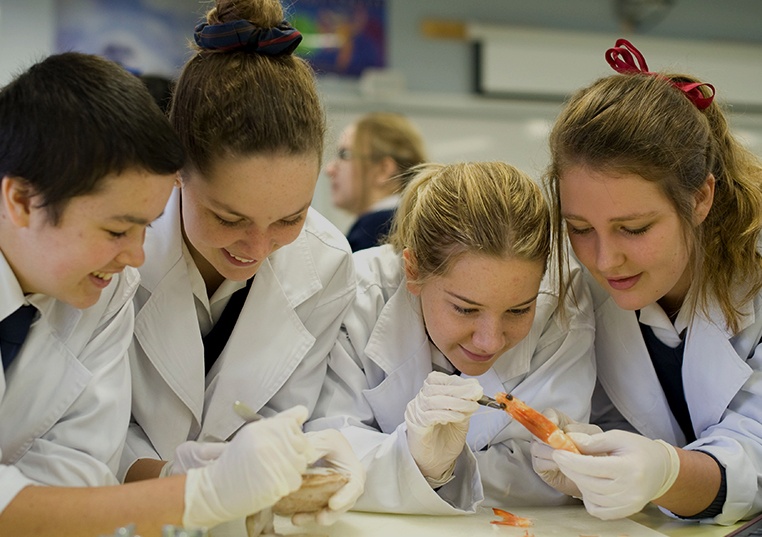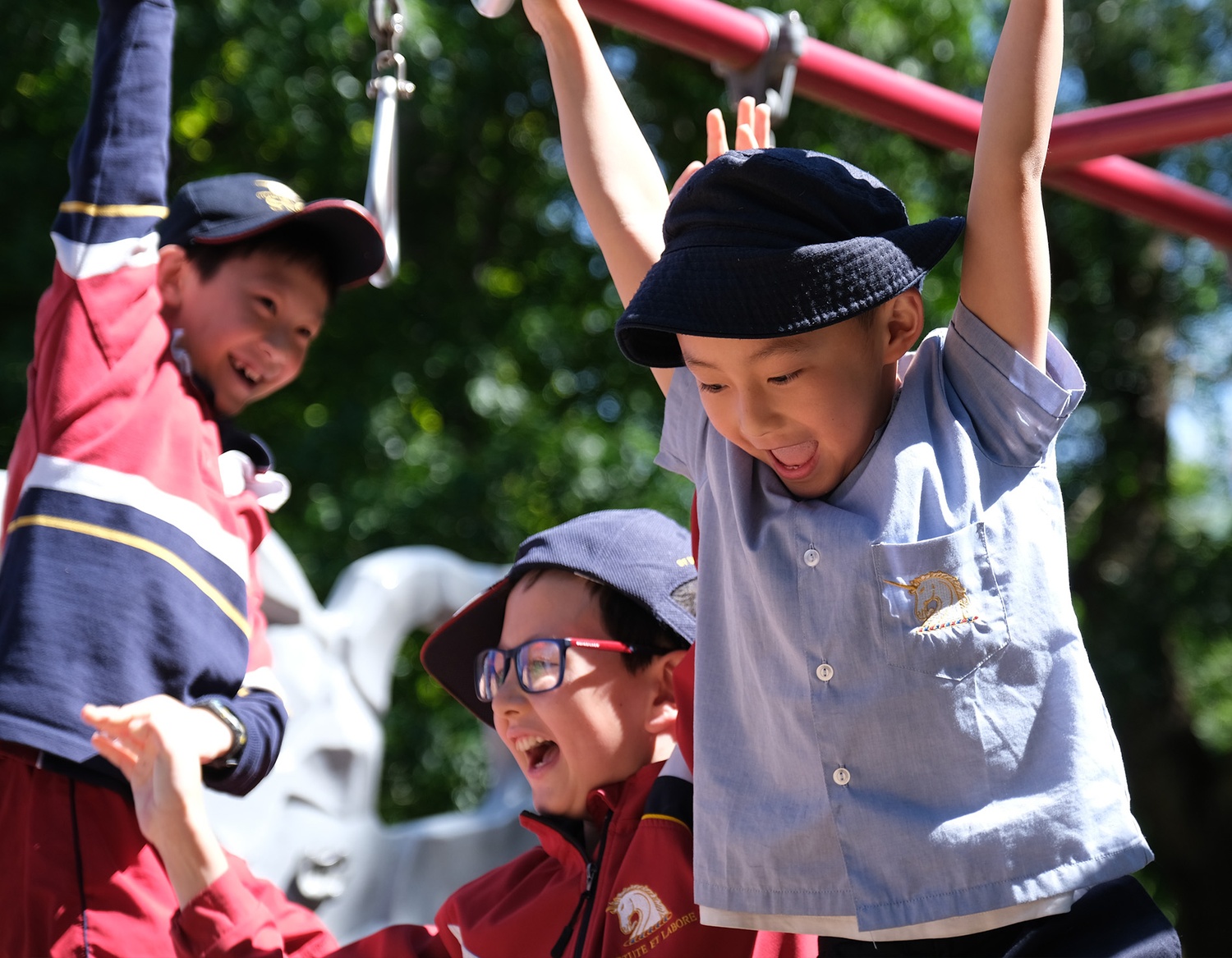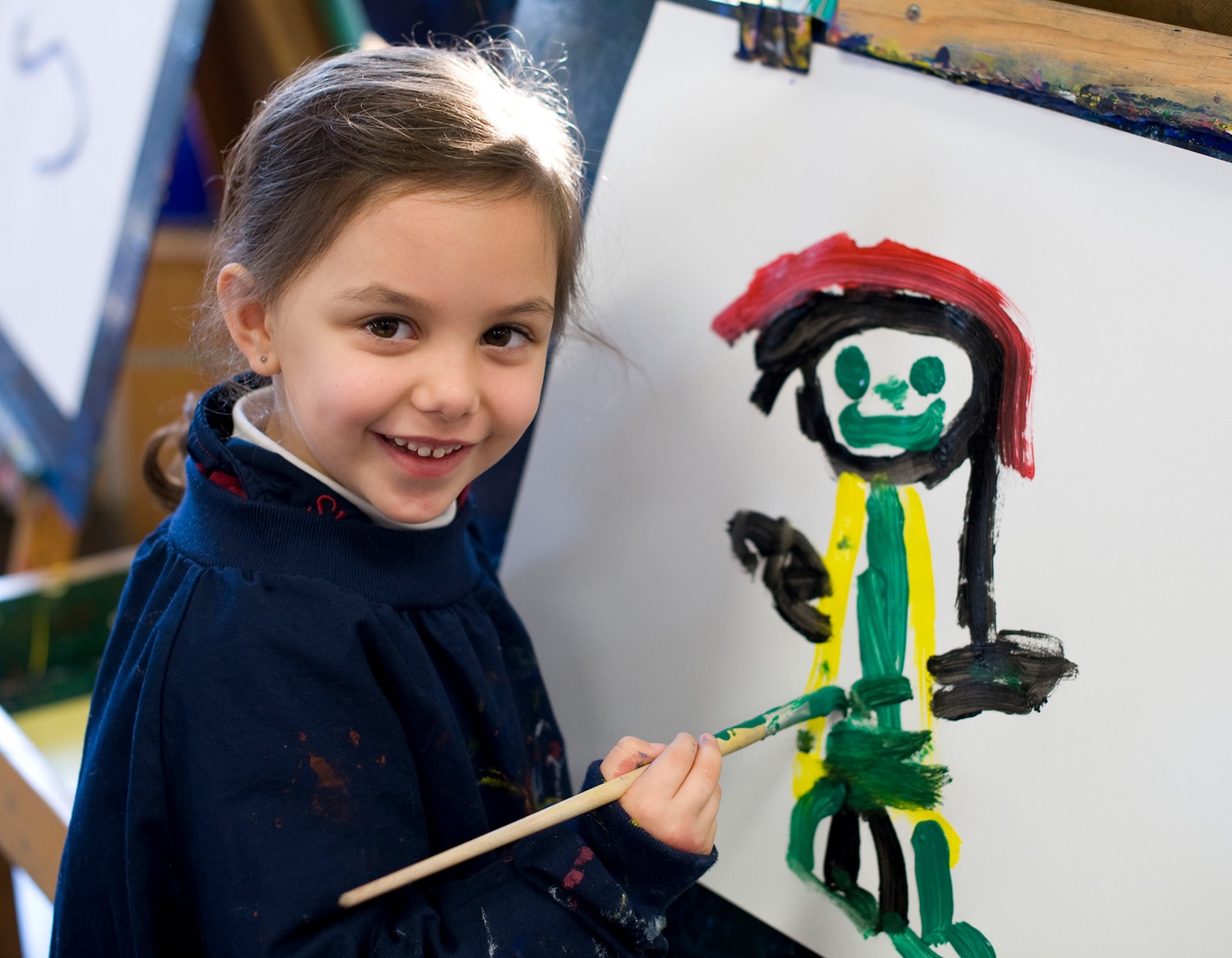St Margaret’s School has provided an outstanding education for girls since 1926.
Our pride in the heritage, tradition and stories of our School informs a contemporary approach to educating the girls of today to be the leaders of tomorrow. Whilst we take immense joy from the outstanding academic achievement of our students, we remain incredibly proud of the strong, confident, independent and courageous women that our school is internationally recognised for growing.

Self-belief, confidence and empowerment are essential qualities that we seek to nurture in our students.

As a dedicated girls’ school, our focus as educators is unapologetically on the growth and development of our girls in intellectual, emotional, physical and aesthetic realms. The best schools for girls provide a learning culture where girls thrive and flourish in an environment that promotes collaboration, creativity, curiosity and self-knowledge.
Our teachers are experts in educating girls, providing each of our students with the individualised attention, nurture and encouragement they need to both enhance learning and grow confidence. Our teaching and learning environment is one that is focused and engaging, seeking to promote thinking skills.
Our girls have the opportunity and encouragement to lead the way in developing intellectual and academic leadership in the classroom whilst also being encouraged to lead in the various dimensions of our holistic approach to learning. A capacity to lead both self and others distinguishes our graduands as they move into the world in various roles.
Self-belief, confidence and empowerment are essential qualities that we seek to nurture in our students. Perhaps, most importantly, in girls’ schools, girls are encouraged to take the lead, and in doing so, come to understand that this can and should continue well beyond school. Respect for self and others is central to our approach to learning for girls at St Margaret’s School.
Ms Annette Rome FACE FACEL Principal
- Girls in girls’ schools achieve significantly stronger academic results than any other group in Australia
- Girl-centred learning leaves no doubt as to who receives the teacher’s full attention, or who will be taking maths, science, and technology classes
- There is a greater sense of connectedness – listening, helping and accepting others’ points of view
- All the leadership roles are filled by girls: from the captain of the touch football team to the head of the student body; from the first violin in the school orchestra to the main part in the school play; and from all the committee chairs in every organisation to the leaders of every school club
- In girls’ schools, girls see strong female role models, and understand that they too can achieve successful outcomes from their own efforts
- All activities are open to girls: they participate, influence and lead
- In an all-girl classroom, girls take on all the roles in the group, providing an atmosphere where students take the risks necessary for genuine achievement
- Girls thrive and excel in collaborative teams
- Teachers can match their teaching to the way girls learn and develop their courses to suit girls’ needs
- Girls can work through the challenges of adolescence without fear of embarrassment or harassment
- Girls can develop their relationships in a supportive environment
- There is no obstacle preventing girls from exploring a career in any area
- “…after adjusting for measures of students’ ‘abilities’ and school sector (government, Catholic and independent), the achievements of boys and girls in single-sex environments were, on average, 15 – 22 percentile TER ranks higher than the achievements of their counterparts in co-educational settings.”
Furthermore, differences between gender groupings of students are not restricted to academic achievement. Similar patterns are evident for: students’ behaviours in the classroom; their perceptions of Teacher Responsiveness, Curriculum Usefulness, and Enjoyment of School. These findings are based on data obtained in recent large-scale, longitudinal studies involving more than 16 000 students, drawn from 200 government, Catholic and independent, primary and secondary schools.
“…understandings are emerging from the research evidence suggesting that co-educational settings are limited in their capacity to accommodate the large differences in cognitive, social and developmental growth rates of girls and boys between the ages of 12 and 16. In contrast, this evidence suggests that during these key adolescent years, single-sex settings better accommodate the specific developmental needs of students.” (Rowe, 2000)
Source: The Alliance of Girls’ Schools (www.agsa.org.au)





